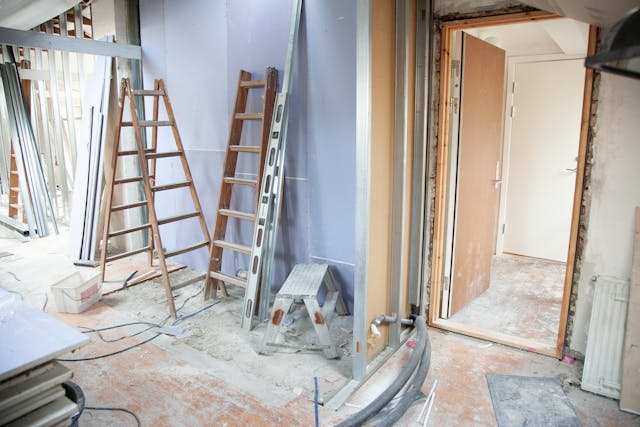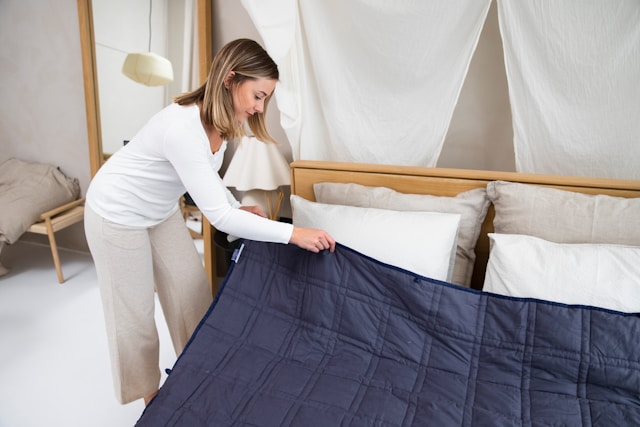Moving is rarely a fun or easy thing to do, but when it comes to helping elderly loved ones do it, the process can feel especially difficult – it’s emotional and overwhelming a lot of the time. That’s because it’s not just a question of packing boxes, it’s about someone leaving a home behind that’s filled with memories and adjusting to a new environment – plus all the little (but important) details in between. But you can help massively during this time, and ensure that the move, no matter why it’s happening, is a positive experience all around. With that in mind, here are some tips on how to make moving less stressful for elderly loved ones. Read on to find out more.

Start Early And Take It Slow
One of the biggest mistakes people make when they’re helping older loved ones move home is rushing the process – that’s just going to make it all seem a lot more stressful than it needs to be. Instead, take your time and start planning well in advance so you can avoid all the last-minute chaos you’d otherwise have to deal with – no one wants that, and it’s totally unnecessary anyway.
Another good idea is to break all the tasks down into manageable chunks, so instead of trying to pack up the entire house over the course of one weekend, just tackle one room at a time. That not only makes things easier logistically, but it’s also an excellent way to ensure your loved ones are able to process the changes slowly but surely rather than all at once.
Involve Them In Decision-Making
One of the reasons that moving isn’t something most people enjoy, even if the outcome is an exciting and positive one, is that they feel out of control, and that can be especially true for older people who might already feel as though other areas of their lives and independence are disappearing anyway. That’s why you’ll need to involve them in decisions about what to keep, what to donate, what to throw away, and so on – it’s sure to help.
True, it’s always going to be tempting to just jump in and take over, but remember, just because you can’t see the value in something, that doesn’t mean it’s not there, and the reality is that every object has a story, so be patient and let your loved one make their own choices because, in the end, it’s not your place to do it.
Plan For Comfort On Moving Day
Moving day can be hectic, as you’ll probably know – it’s busy and frantic and there’s a lot going on all at once. However, whatever else is happening, the priority should be keeping your loved one comfortable and stress-free because that’s better for everyone. It’s important to find a quiet, comfortable spot for them where they can relax while the rest of the move takes place, and that could be in the house, in the backyard if the weather is nice enough, or perhaps with a family member or friend, depending on how much has to be done and how much space there is.
If the older person is moving to senior living, it’s wise to take them to visit their new place ahead of time, just to familiarize themselves with it – especially if it’s been a while since they were there. That will help to ease any anxiety, especially if they get to meet their new neighbors and any staff on site, and just this small thing could be what turns a stressful move into a happier, exciting one.
Downsize Carefully
Downsizing is often part of the process, but it can be difficult and it’s always going to take a toll on your emotions – and the emotions of your elderly loved one. As we’ve said, items that just look like rubbish or clutter to you might have the deepest of sentimental value to them, and the last thing you’ll want to do is harm anything or throw out things that mean a lot.
This is a job to do together if at all possible, and it’s a job that’s going to take time (as it should). Talk about the items and get the history behind them – some will be family heirlooms, or perhaps there are photos of people you don’t know but who are very special to your family member, and so on. And if things really won’t have space in the new place, something that might work is to take photos and make a book of them all – even if the physical item isn’t around anymore, the photos might be a good alternative. Or what about a keepsake box?








